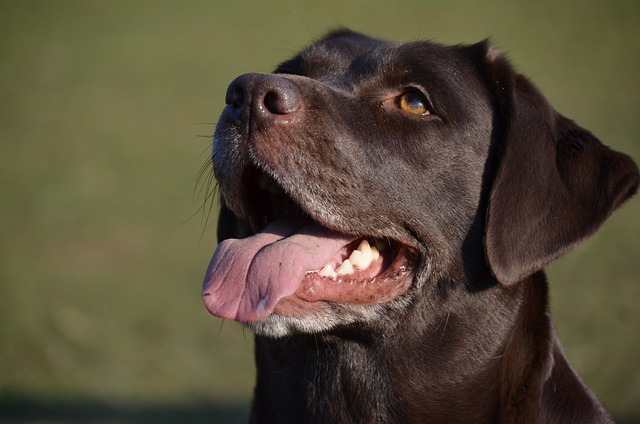
How can I tell if my dog's heatstroke is serious
Let’s be real: It’s a sticky August morning in Los Angeles, and you took your 2-year-old Golden Retriever, Max, for a walk a little later than usual
That fuzzy layer on your favorite sweater or the clumps under the couch—dog hair shedding is a normal part of pet ownership, but it doesn’t have to take over. The key is knowing which habits cut down on loose fur while keeping your pup healthy, and some steps even align with local rules about pet care and community cleanliness.
Regular grooming is non-negotiable, but not just a quick brush—invest in a slicker brush for short-haired breeds or an undercoat rake for double-coated dogs like Labs or Huskies. Brushing 2-3 times a week removes dead fur before it ends up on floors, and it’s a good chance to check for skin issues that can worsen shedding. In cities like Portland, some apartment complexes ask owners to manage pet hair to avoid shared space messes, so consistent grooming helps stay compliant.
What your dog eats plays a big role too. Cheap kibble with lots of fillers can lead to dull coats and excess shedding—opt for vet-recommended food with omega-3 fatty acids (like fish oil) to keep fur strong and reduce loose strands. Avoid giving too many table scraps, especially salty or fatty foods, which can irritate skin and trigger more shedding. This isn’t just about fur; providing quality nutrition also meets legal requirements for adequate pet care in most U.S. states.
 Bathing your dog the right way helps, too—but don’t overdo it. Washing too often (more than once a month for most breeds) strips their coat of natural oils, making hair dry and prone to falling out. Use a pet-specific shampoo, and after bathing, dry thoroughly with a towel or low-heat dryer to loosen any remaining dead fur. Some local waste rules also ask that you don’t rinse excessive fur down drains, so brushing before bathing helps catch loose strands first.
Bathing your dog the right way helps, too—but don’t overdo it. Washing too often (more than once a month for most breeds) strips their coat of natural oils, making hair dry and prone to falling out. Use a pet-specific shampoo, and after bathing, dry thoroughly with a towel or low-heat dryer to loosen any remaining dead fur. Some local waste rules also ask that you don’t rinse excessive fur down drains, so brushing before bathing helps catch loose strands first.
Your home routine matters for controlling shed hair, too. Vacuuming with a pet hair attachment 2-3 times a week picks up loose fur from carpets and furniture, and using a lint roller on upholstery keeps things tidy. Washing your dog’s bed every 2 weeks removes built-up fur and dander, which is especially important if you have neighbors with allergies—many HOA rules require keeping pet areas clean to avoid complaints.
Controlling dog hair shedding isn’t about stopping it entirely (it’s natural!), but making small, consistent efforts: regular grooming, good diet, and smart home care. These steps keep your space manageable, keep your pup healthy, and help you follow local guidelines about pet ownership. If you’re struggling with excessive shedding, talk to your vet—they can rule out health issues like thyroid problems that might be the cause, ensuring you’re both on the right track.

Let’s be real: It’s a sticky August morning in Los Angeles, and you took your 2-year-old Golden Retriever, Max, for a walk a little later than usual

You're enjoying a summer afternoon at the park when you notice your dog has stopped panting and appears disoriented - their gums are bright red

Let’s paint the picture: You’re in your Denver apartment, watching your 4-year-old Boston Terrier, Ruby, plop down mid-play session with her favorite toy

Many dog owners notice their pets nails seem shorter after regular walks,but how much does this daily activity actually help?The answer depends on where you walk—concrete sidewalks or asphalt streets gently file nails as a dog's paws hit the ground

Most dog owners notice their pup scooting across the carpet at some point, but few connect it to impacted anal glands. These small sacs near a dog’s rectum secrete a scent for marking territory

Most vets agree that regular dog teeth cleaning is key to avoiding painful dental issues later. For healthy adult dogs, a professional cleaning at the vet’s office every 12 to 18 months usually works well.